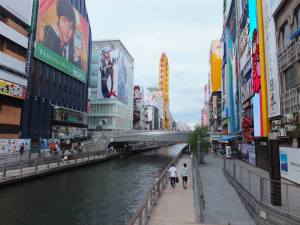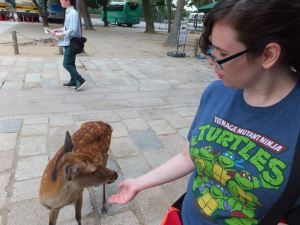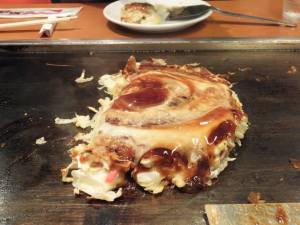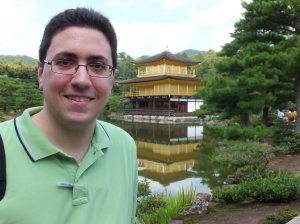
One of the major… and if I’m not mistaken, the largest… private railway operator in Japan is now accepting online reservations for their premium trains in English.
Kintetsu Railway offers a reliable service connecting three major cities, as well as important cultural and seaside destinations, across FIVE prefectures. Trains primarily run from Kyoto and Nagoya (close to their JR counterparts) as well as from Namba in the southern part of Osaka city, out towards Nara (housing a Buddhist temple in the world’s largest wooden building), Ise (home to one of Japan’s most revered Shinto shrines), and the coastal towns of Toba and Shima. In addition to the seaside cities, you will find frequent premium trains from Kyoto to Nara, and from Osaka to Nagoya (a cheaper alternative compared to the Shinkansen).
All of this information is spelled out in English on Kintetsu’s website. I stumbled across this website after watching a feature on NHK World’s television program Japan Railway Journal, during a segment explaining how Kintetsu Railway aims to help foreign tourists who are visiting the areas that they serve. This episode will still be available on VOD, but only for a few more days.
The new Kintetsu site offers useful information on how to use their trains… and now also includes a new section for E-Tickets, which I believe has been offered for just a few months. That’s right, if you know what premium train you want to use on Kintetsu and when you want to go, you can now make reservations online in advance.
All of the premium Kintetsu trains require a seat reservation. You’ll need to pay for the reservation using a credit card. Then you print out the confirmation or save it on your smartphone, and when you come to Japan you will need to purchase your BASIC ticket that covers the same distance… If you need a refresher, remember that premium train services require a basic ticket (to cover the regular fare from point A to point B if you used a local train) and an express/limited express ticket surcharge (to cover a specific train and seat on the same route). You can use standard tickets, valid day passes or a stored fare (IC) card to cover your basic fare.
While I don’t think you need to make a reservation far ahead of time for Kintetsu, there are a few exceptions to consider in my opinion. First, you may wish to consider a reservation if you are traveling during times of high demand, such as Japan’s big travel holidays in late April-early May, August, and late December-early January. I would imagine that the autumn season also sees high demand because many travelers like to visit these regions to see nature’s fall colors. Also in high demand are Kintetsu’s flagship trains such as the Shimakaze, which generally runs a small number of services… one round trip in either direction between Ise/Shima/Toba and the major cities of Nagoya, Kyoto and Osaka. These trains offer all-deluxe seating, rooms for groups, and even an on-board cafe. Under these circumstances you may wish to consider reserving your ticket ahead of time. If your plans change, Kintetsu will allow you to change your reservation up to three times.
I can highly vouch for Kintetsu’s Limited Express services, which are very efficient. I used the premium train on services between Kyoto and Nara, and also used it for a slightly more expensive yet comfortable trip between Osaka and Kyoto, changing trains just outside of Nara. It was more pleasant to take this little detour – especially during the evening rush hour – so that I did not have to deal with the commuter trains on the more direct route. (And just for kicks, yes, this route CAN be reserved through Kintetsu’s online system!)
Keep in mind that the online reservation system for Kintetsu is not available during overnight hours (Japan Time), and that train reservations open up at 10:30 (Japan Time) one month before departure.
I’m happy to see more and more Japanese companies offer online reservations for foreigners visiting the country. Kintetsu is among the latest additions, and joins other companies like JR East, Odakyu, Tobu, Willer Express and JR Bus.
Have I left any other companies out? Please comment and let me know!








